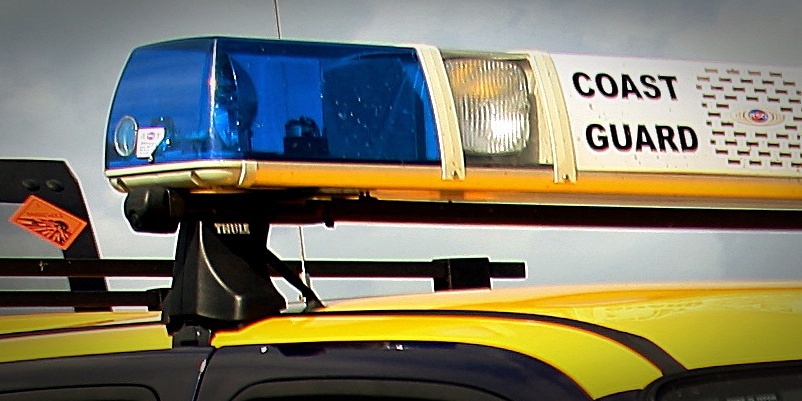Hope turned to consternation and despair on Thursday when the coalition government sounded the death knell for the Forth Coastguard station.
The Fife Ness base, which covers hundreds of miles of coastline from Montrose to the north of England and employs 14 staff, will shut its doors some time between 2012 and 2015 despite warnings the closure could put lives at risk.
Previously the government had proposed cutting the number of UK stations from 19 to eight, with the plan in Scotland to have one 24-hour centre in Aberdeen, and a second base open during daylight hours in Shetland or Stornoway.
Updated proposals have now revealed all three will be retained but the fact both the Forth and Clyde stations will still be sacrificed has sparked anger from those fighting to save them.
Ministers argue scaling back in the service is necessary to modernise it and make it more efficient. Even though some stations have been protected, Rod Campbell, SNP MSP for North East Fife, said the revised blueprint represented a “body blow” to the service in Tayside and Fife.
“The ConDem coalition may well have had a rethink, but they have yet to engage their brain,” he said. “The future of the coastguard is quite literally a matter of life and death. The closure of Fife Ness and Greenock may be a new plan, but it is very far from being a sensible one.”
Under the new plans, Forth, Clyde, Swansea, Portland, Liverpool, Yarmouth, Brixham and Thames will close over the next three years. Stations at Falmouth, Milford Haven, Holyhead, Bangor and Humber will all be retained alongside Aberdeen, Shetland and Stornoway, while a station at the Solent will be replaced by a new Maritime Operations Centre in the Portsmouth-Southampton area.
This centre will be backed up by the Dover centre which will also be operational 24-hours, and a small London station will also carry on.
The government launched a consultation on its original proposals in December, which attracted over 1800 responses. Local campaigners believe their concerns over a potential loss of local knowledge and a perceived weakening of operational relationships have not been listened to.
The initial plans were also criticised as “seriously flawed” in a recent report by the House of Commons Transport Committee, which raised fears safety would be jeopardised.
Lindsay Roy, Labour MP for Glenrothes, described the move to close Fife Ness as devastating and reckless.
“The Forth is a very congested estuary with tankers travelling to and from Grangemouth, fishing boats, as well as the huge number of Scots who enjoy the water for leisure,” he said. “As we have seen from previous experience, local knowledge is vital in dealing with emergency incidents and a few minutes delay can cost lives.
“This outrageous decision, which has been taken without due regard for the safety of people in Scotland, just underlines how out of touch this Tory-led government is and how ineffective Michael Moore is at standing up for Scotland.”
Transport secretary Philip Hammond claimed ministers had always been clear that modernisation is required to deliver a “resilient coastguard service fit for the 21st century,” adding a further period of consultation will now run until October 6.
“We have always been open to debate about how that should be achieved,” he said. “This has been a genuine consultation that has seen a high level of engagement and many well-thought out responses, including specific alternative proposals.
“It is clear from the responses that there is huge public and political admiration for the work of our coastguard, a clear consensus that change and modernisation is necessary, but also some specific concerns about the original proposals. Our updated proposals will ensure the safety of seafarers and coastal communities … while also responding to the concerns raised during the consultation process.”
Scottish rural affairs secretary Richard Lochhead welcomed the retention of some stations, but noted, “I am disappointed to hear plans to close Forth and Clyde stations remain given the importance of our maritime industry and will be closely examining these proposals and responding to the new consultation in due course.”
The Public and Commercial Services Union (PCS) praised the partial climbdown but said it would oppose any plans that would result in safety being compromised.
Its general secretary Mark Serwotka vowed to continue the fight.
“We are committed to ensuring we retain the local knowledge of our coastlines that is essential to saving lives, as we are determined to defend all public services and our communities from the government’s cuts,” he said.
